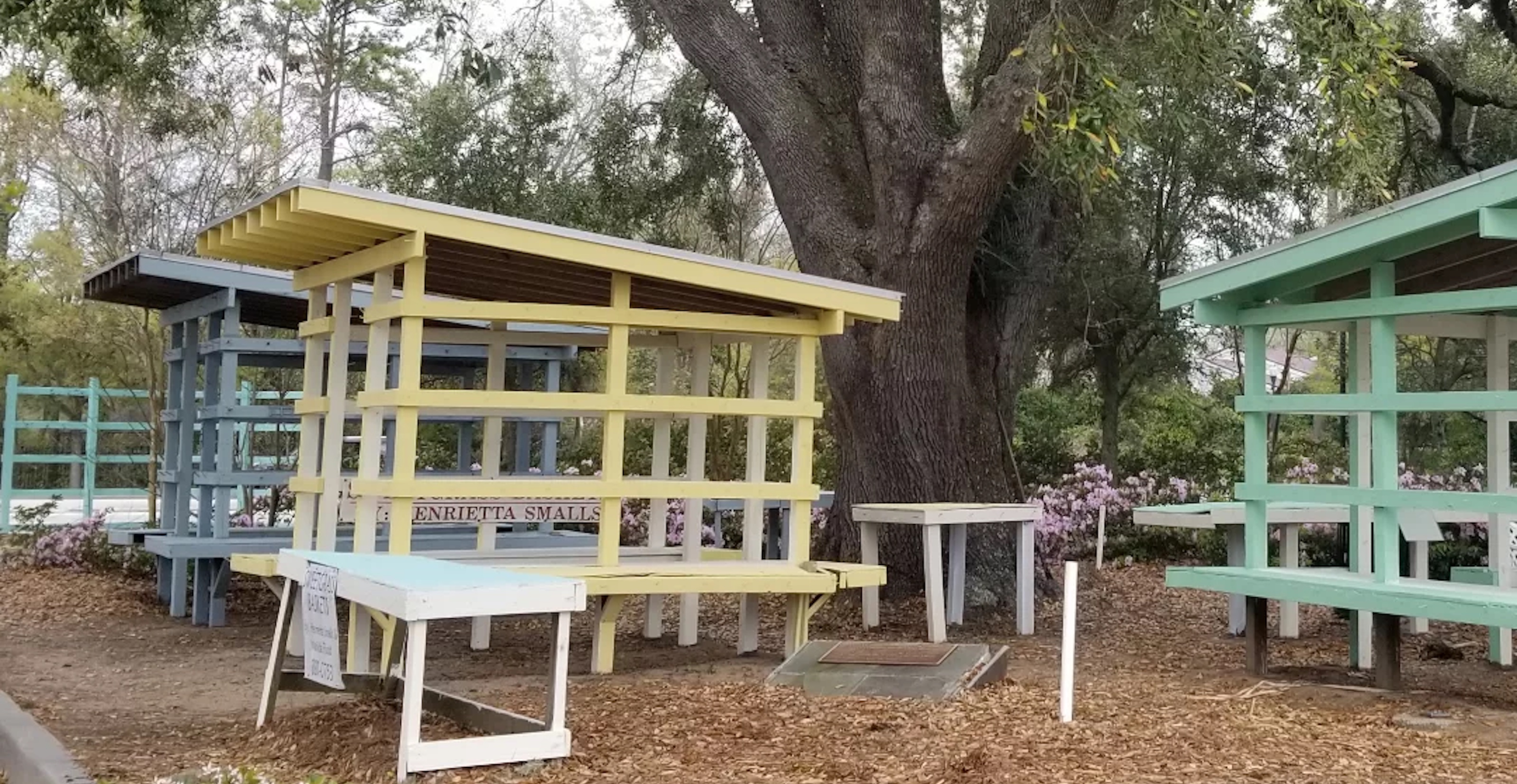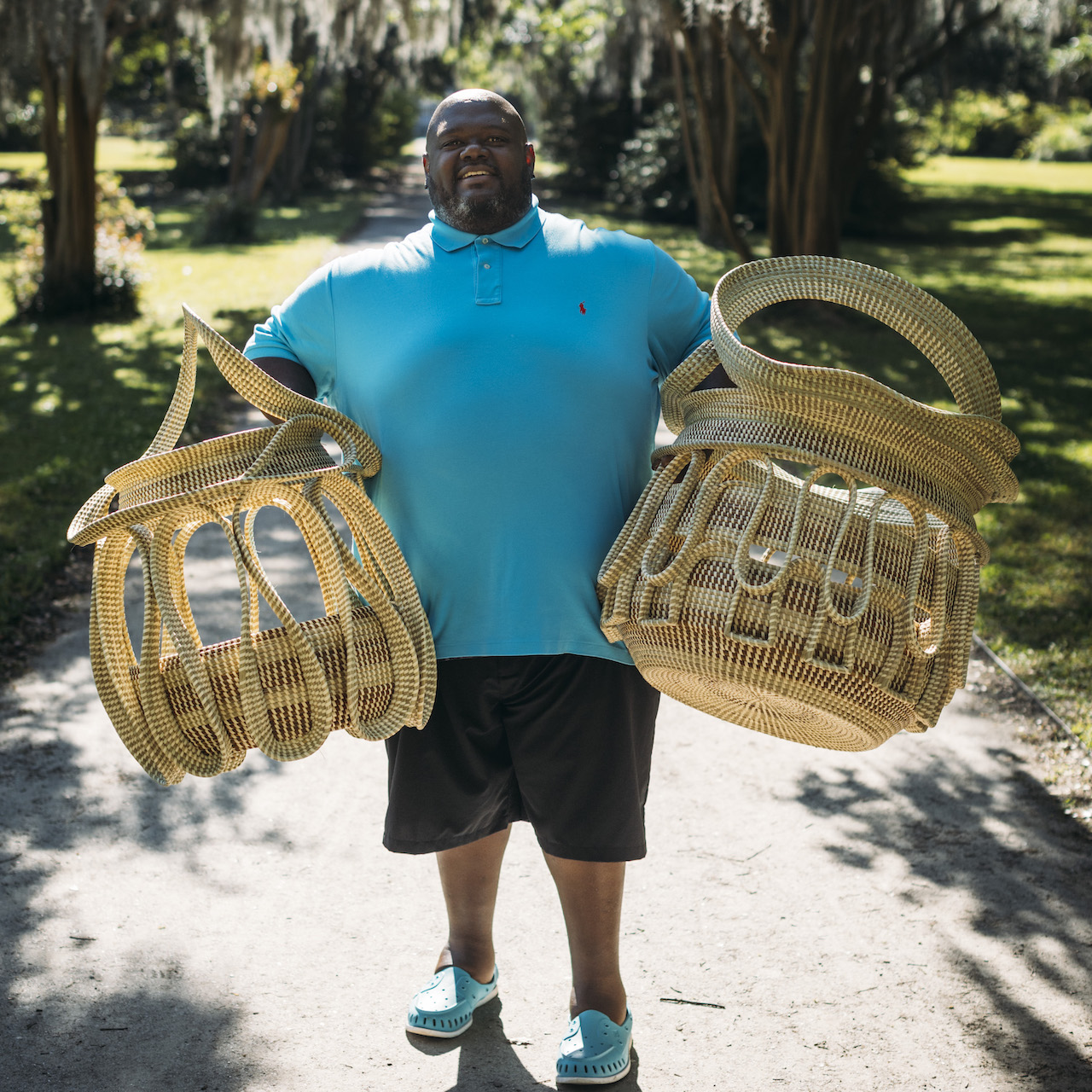Education

Cuisine

Generational Art

Traditions


Corey Alston has been recognized at the local, state, and national levels, receiving numerous awards and proudly displaying his art across the United States. As a 5th generation Sweetgrass Weaver, Corey practices the art of Sweetgrass Basket Weaving from his home in Charleston, South Carolina. Gullah Culture and education are passions for Corey, and he regularly conducts education seminars to spread the message and importance of Gullah Culture within local communities, the state, and the country. Sweetgrass Basket Weaving has been a significant part of Gullah Geechee Culture, dating back to the days of enslavement. This coastal art form is recognized as a South Carolina State Handcraft and can be found along Sweetgrass Basket Makers HWY in South Carolina. This skill is one of the rare arts in our country, found nowhere else in America. Gullah Sweetgrass Baskets are a national treasure.
Corey offers many ways to experience Gullah Culture for yourself. Corey offers Print Media services, Sweetgrass Baskets, Gullah Cuisine, and educational seminars. Take the opportunity to connect and find a way to learn more about Corey and Gullah Culture.
Sweetgrass Baskets made by
5th Generation Artisan
2024
2024
Corey Alston has been recognized by many for his tireless effort to keep his heritage alive for his generation. Alston has been featured in magazines, TV shows, and world-renowned museums.
Read More